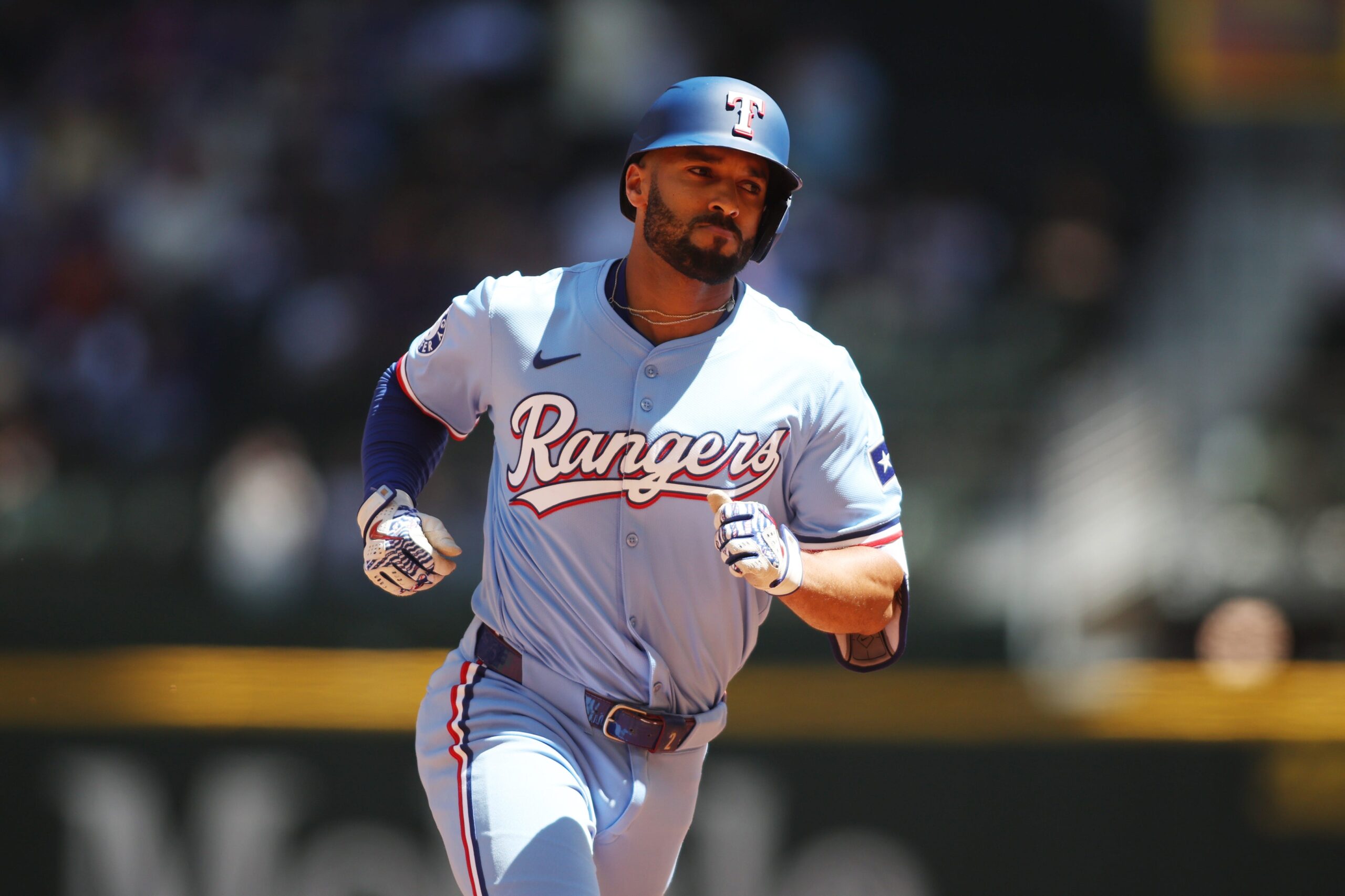
The Shifting Sands of Second Base: Semien Takes the Financial Crown
The landscape of Major League Baseball is ever-evolving, a dynamic tapestry woven with player movement, performance fluctuations, and, of course, the ever-present influence of finances. This year marks a notable shift at second base, a position traditionally defined by defensive prowess and offensive consistency. With Houston Astros legend Jose Altuve transitioning to the outfield, a new financial king has been crowned at the keystone: Marcus Semien of the Texas Rangers.
Semien, now the highest-paid second baseman in the league, commands a salary of $26 million this season. This ascension reflects not only his individual talent but also the Rangers’ investment in building a championship-caliber team. Altuve, though no longer officially a second baseman, remains one of the highest-paid players in the sport, slated to earn $33 million this year, a testament to his enduring legacy and offensive impact.
Semien’s journey to the top echelon of second basemen salaries has been marked by consistent performance and a steady rise in value. After signing a seven-year, $175 million contract with the Rangers prior to the 2022 season, he quickly established himself as a cornerstone of their lineup. His contributions were instrumental in the Rangers’ remarkable 2023 season, culminating in a World Series victory. Semien’s blend of offensive production, reliable defense, and leadership qualities make him a valuable asset, justifying the Rangers’ substantial investment.
Beyond Semien, the list of highest-paid second basemen reveals a diverse range of talent and contract structures. Ketel Marte of the Arizona Diamondbacks ranks second, earning $19.6 million. Marte, known for his versatility and offensive firepower, has been a key contributor to the Diamondbacks’ success. His contract reflects his importance to the team’s long-term plans.
Jeff McNeil of the New York Mets follows closely behind at $15.75 million. McNeil, a consistent hitter with a knack for getting on base, has been a valuable offensive weapon for the Mets. His contract reflects his steady production and ability to contribute in multiple roles.
Gleyber Torres, now with the Detroit Tigers, rounds out the top four at $15 million. Torres, a former All-Star, is looking to revitalize his career in Detroit. His offensive potential and experience make him a valuable addition to the Tigers’ roster.
The financial hierarchy at second base extends beyond the top four, revealing a broader landscape of talent and compensation. Nico Hoerner of the Chicago Cubs earns $11.5 million, followed by Jake Cronenworth of the San Diego Padres at $11.285 million. Andres Gimenez of the Toronto Blue Jays earns $11 million, while Brandon Lowe of the Tampa Bay Rays commands $10.5 million. Tommy Edman of the Los Angeles Dodgers pulls in $8.4 million.
Ozzie Albies of the Atlanta Braves and Jorge Polanco of the Seattle Mariners round out the top ten, each earning $7 million. Albies, a dynamic offensive player, has been a key component of the Braves’ success. Polanco, acquired by the Mariners, brings a veteran presence and offensive consistency to their lineup.
It is crucial to note that these figures, compiled by USA TODAY and calculated by the MLB Labor Relations Department, represent the present-day value of contracts, taking into account deferrals and signing bonuses. These calculations provide a standardized measure for comparing player salaries across different teams and contract structures.
The shifting financial landscape at second base highlights several key trends in Major League Baseball. First, the premium placed on offensive production remains a driving factor in player compensation. Second, teams are increasingly willing to invest in players who demonstrate consistent performance and contribute to winning. Third, contract structures are becoming more complex, with deferrals and signing bonuses playing a significant role in shaping the financial terms of agreements.
Moreover, Altuve’s move to the outfield signals a potential shift in how teams value defensive specialization at second base. While defensive ability remains important, teams may be more willing to prioritize offensive production at the position, even if it means sacrificing some defensive prowess. Altuve’s transition underscores the evolving nature of roster construction and strategic decision-making in MLB.
The financial hierarchy at second base is not static; it is subject to change based on player performance, contract negotiations, and the overall economic landscape of Major League Baseball. As new talent emerges and established stars continue to evolve, the list of highest-paid second basemen will undoubtedly undergo further transformations in the years to come.
The rise of Semien to the top of the salary ranking symbolizes more than just individual achievement; it reflects the Texas Rangers’ commitment to winning. Their investment in Semien has paid dividends, culminating in a World Series title. As the MLB season unfolds, Semien’s performance will be closely scrutinized, as he carries the weight of expectations both on the field and in the financial realm. He will be the poster child for the position this year.
Ultimately, the story of the highest-paid second basemen is a reflection of the broader narrative of Major League Baseball: a dynamic and competitive environment where talent, performance, and financial considerations intertwine to shape the game we love. The shifting sands at second base are a microcosm of the ever-changing landscape of MLB, a testament to the sport’s enduring appeal and its constant evolution. The next few years will bring a new wave of stars and new contracts as the game moves on.
